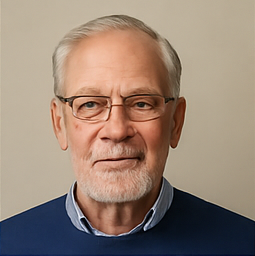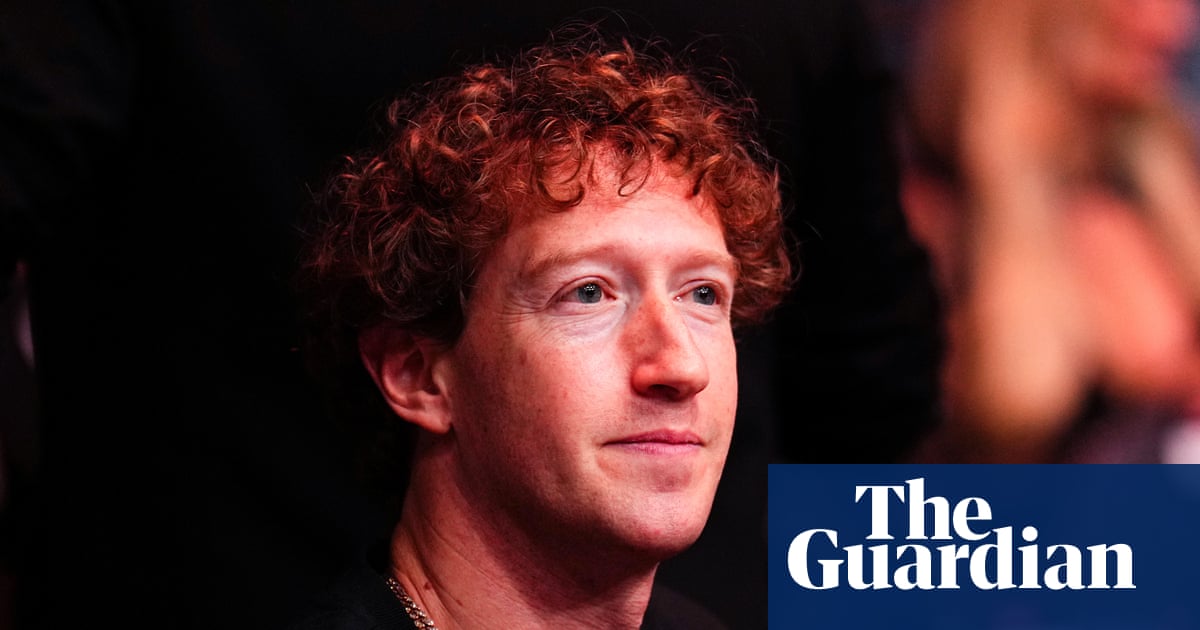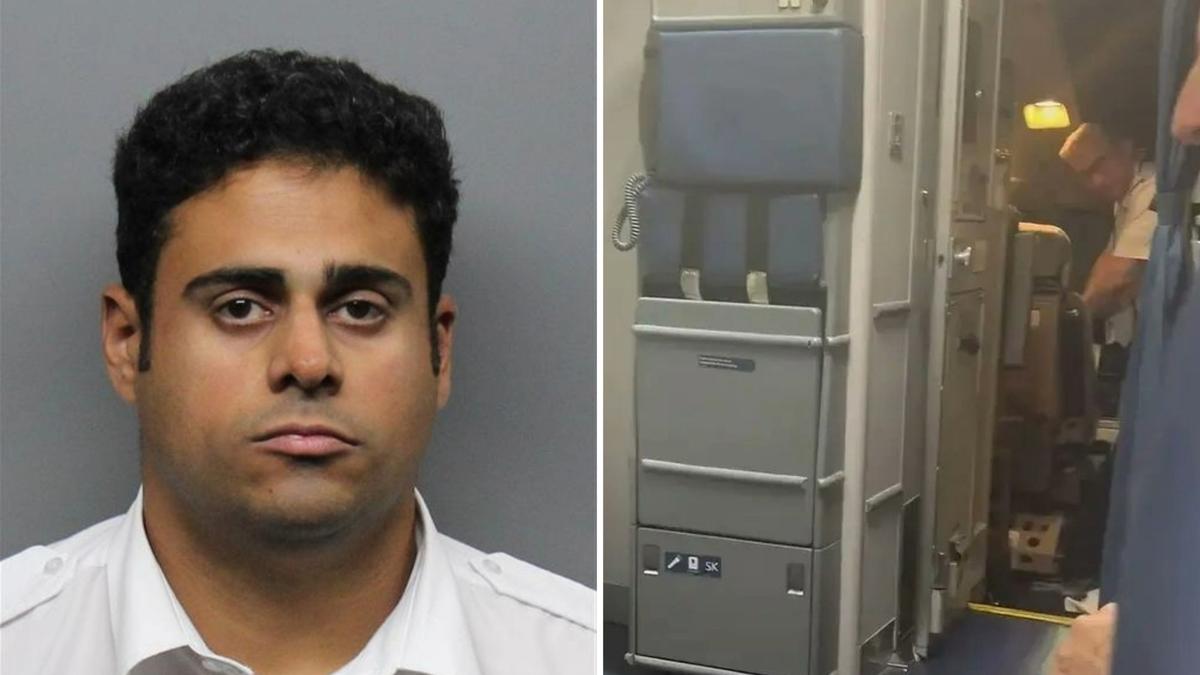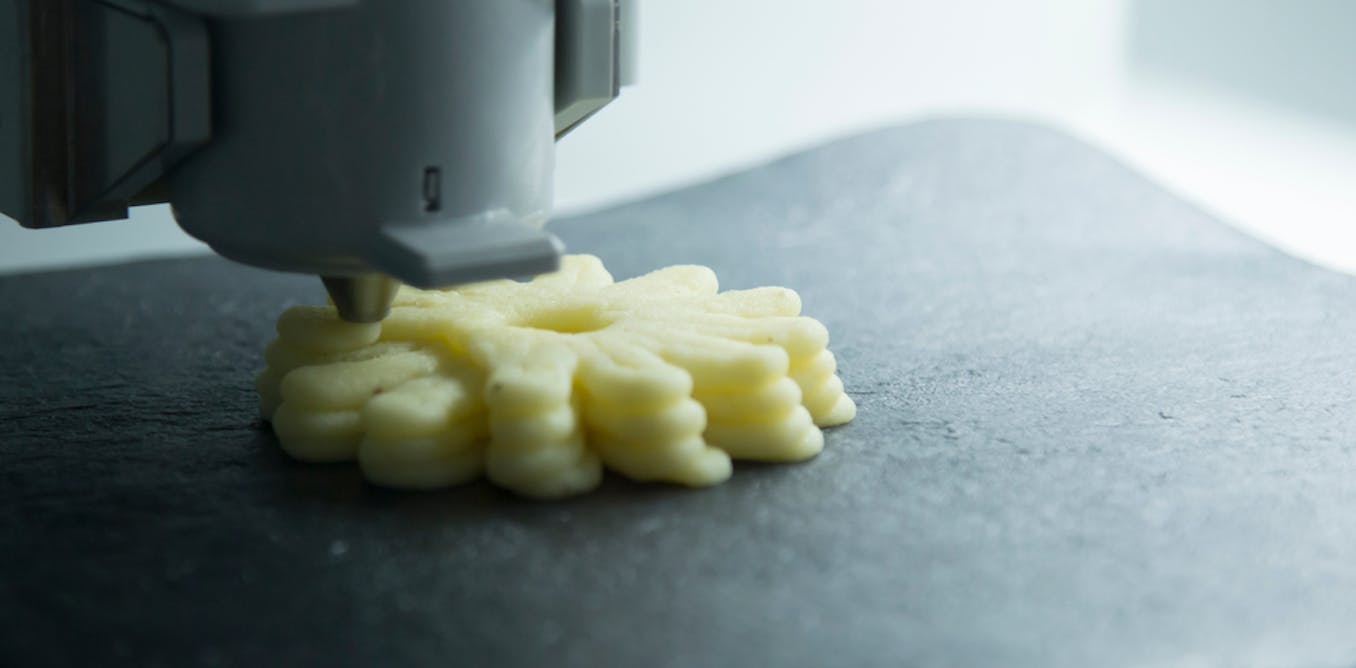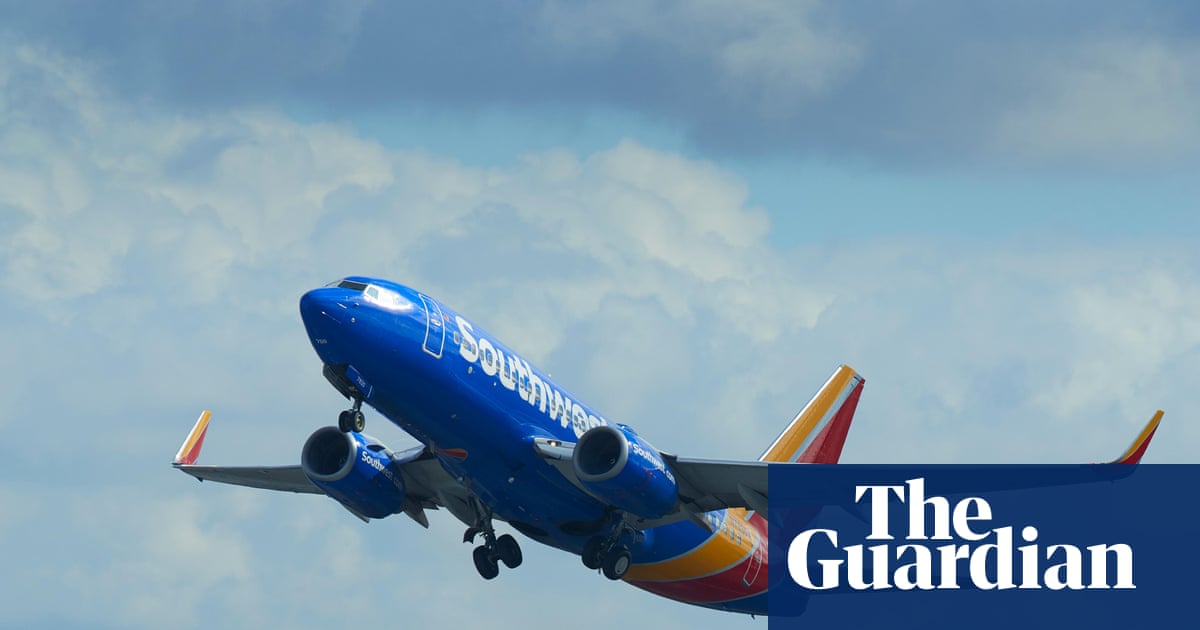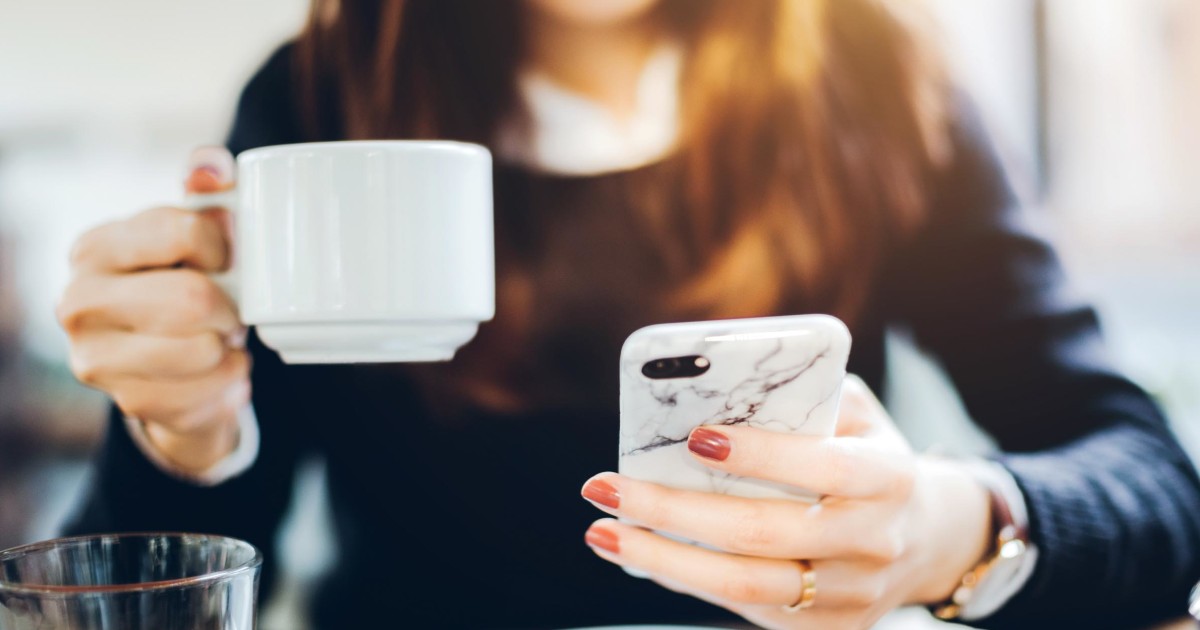Nonalcoholic Beer Set to Surpass Ale in Global Market

The beverage industry is witnessing a significant shift as nonalcoholic beer is projected to surpass ale as the second-largest beer category by volume globally this year, according to the latest projections from the industry tracker IWSR.
Despite an overall decline in beer volume, which fell approximately 1% in 2024, the demand for nonalcoholic beer has seen an impressive growth of 9% worldwide. This trend began to accelerate in 2018, allowing the nonalcoholic segment to consistently outpace the broader beer market over the past few years.
IWSR forecasts that nonalcoholic beer will continue to grow at a robust rate of 8% annually through 2029. In stark contrast, ale, which has long been a staple in the beer market, is expected to decline by 2% each year during the same period.
However, despite this notable growth, nonalcoholic beer still has a long way to go before it can claim the title of the top-selling beer category globally. Currently, it represents only about 2% of the worldwide beer market share. Lager remains the dominant player, commanding an impressive 92% market share, although its growth is beginning to slow compared to the rapid rise of nonalcoholic options.
The increasing popularity of nonalcoholic beer can largely be attributed to a growing number of consumers who are consciously reducing their alcohol intake. This shift has prompted brewers to invest heavily in zero-proof alternatives. Notably, this trend is particularly pronounced among younger generations; Generation Z is reported to consume less alcohol than previous generations at the same age, while millennials account for the largest share of nonalcoholic drinkers, according to IWSR. Young adults often refer to their moderate drinking habits with terms like “sober curious” and “damp lifestyle,” indicating a desire to enjoy social occasions without heavy alcohol consumption.
Another factor contributing to the rise of nonalcoholic beer is the improvement in the quality of these beverages. Beer manufacturers have become increasingly adept at crafting nonalcoholic options that closely mimic the taste of their alcoholic counterparts. Major brands such as Diageo’s Guinness, Heineken, and Anheuser-Busch InBev’s Budweiser have all introduced zero-proof variations of their popular beers in the last five years.
According to Bernstein, retail sales of nonalcoholic beer worldwide surpassed an astounding $17 billion in 2023. When examining global markets, Germany, Spain, and Japan emerged as the top consumers of nonalcoholic beer during that year. The United States ranked sixth in sales of no-alcohol beer, although its position drops considerably when assessed based on overall sales penetration.
In the U.S. market, much of the growth can be attributed to Athletic Brewing, which has established itself as the leading brand in the nonalcoholic beer category. Founded in 2018, Athletic Brewing holds a remarkable 17% share of the category’s volume, surpassing established competitors like AB InBev’s Bud Zero and Heineken’s 0.0. Just three years prior, Athletic Brewing only accounted for 4% of the market share. The company has recently been valued at approximately $800 million in its latest funding round in 2024, showcasing the potential for further expansion.
Interestingly, the trend of nonalcoholic beer has not escaped the influence of celebrity endorsements, which have become a hallmark in the beverage industry. Prominent figures such as actor Tom Holland with his brand Bero, retired basketball star Dwyane Wade with Budweiser Zero, and podcast host Dax Shepherd with Ted Segers are examples of how celebrity backing is reshaping the landscape of nonalcoholic beverages.

